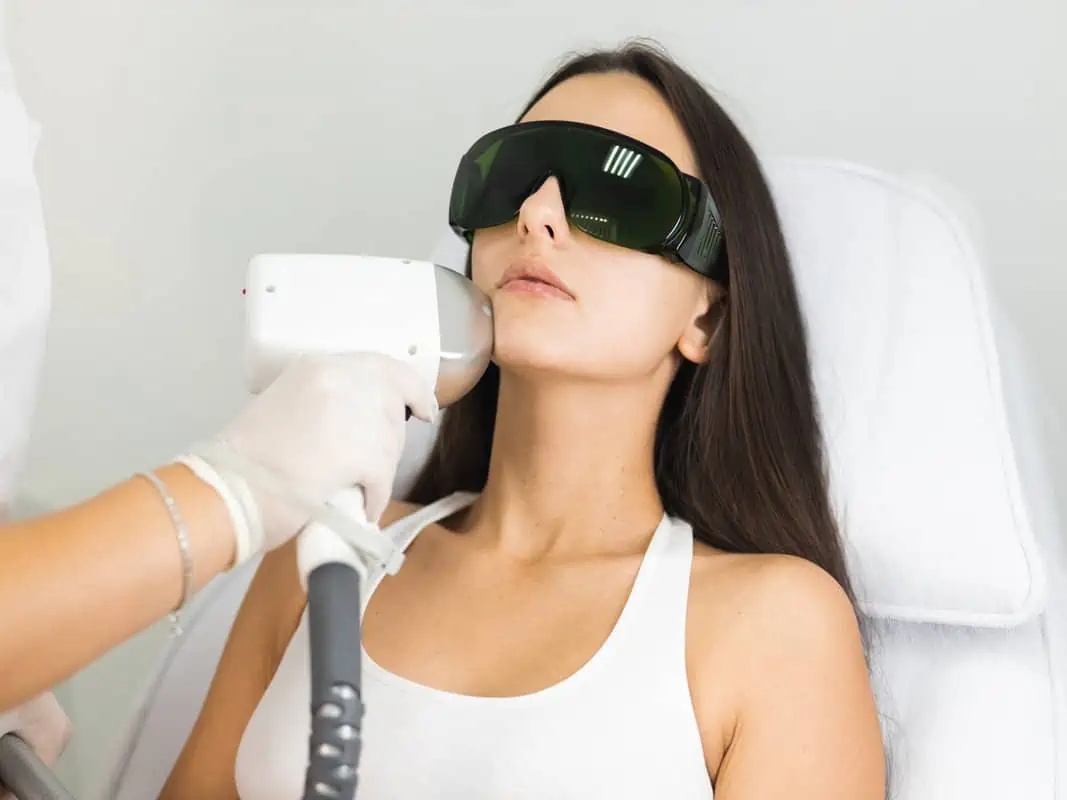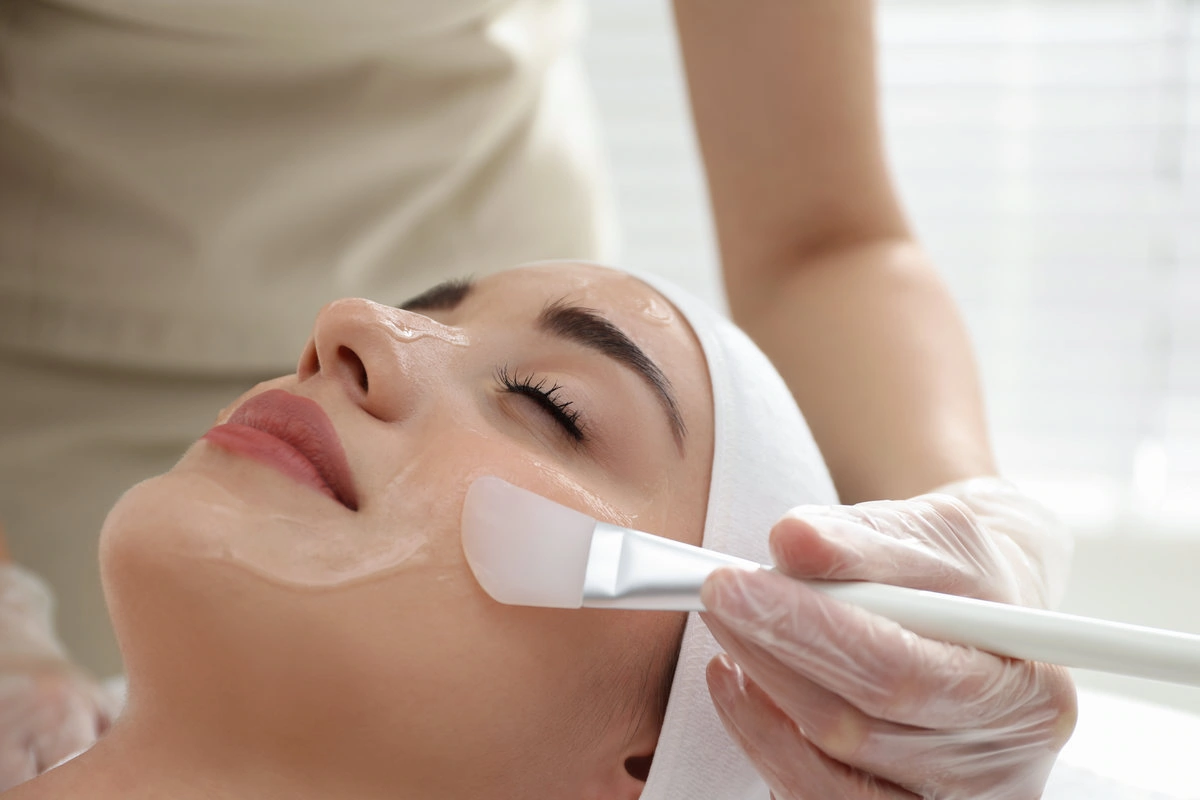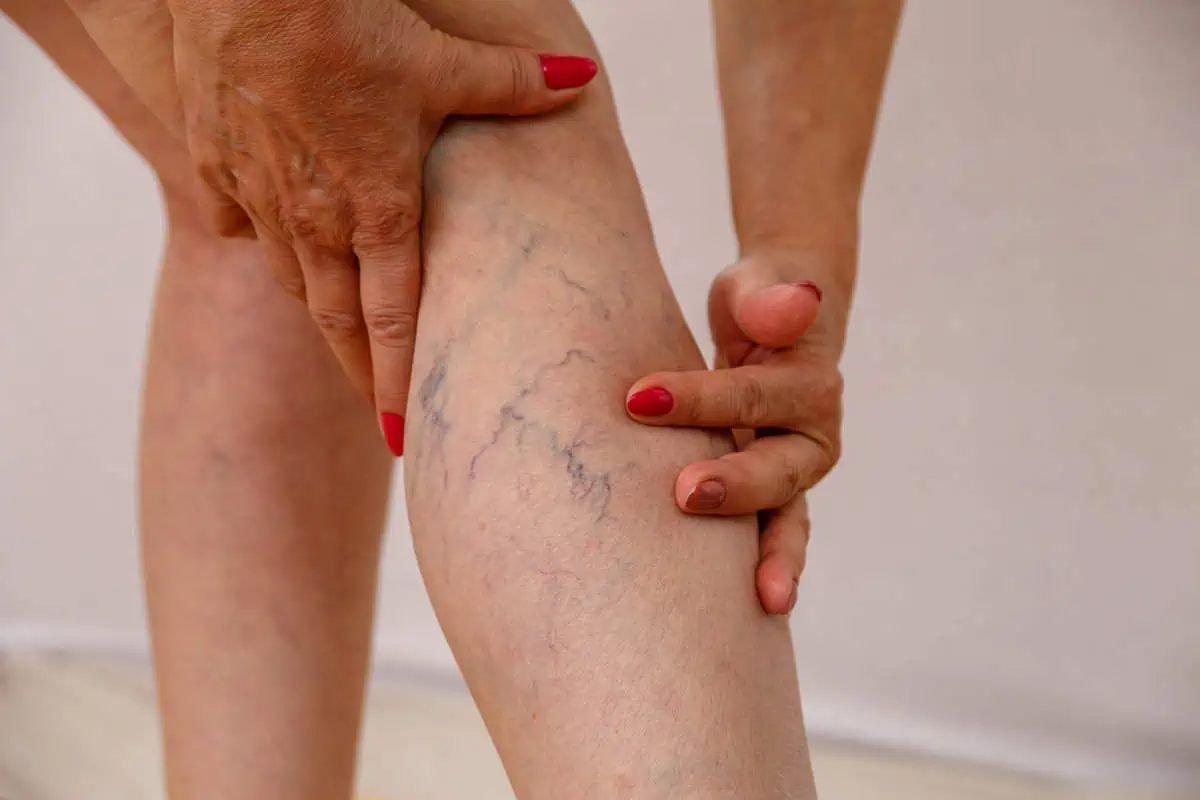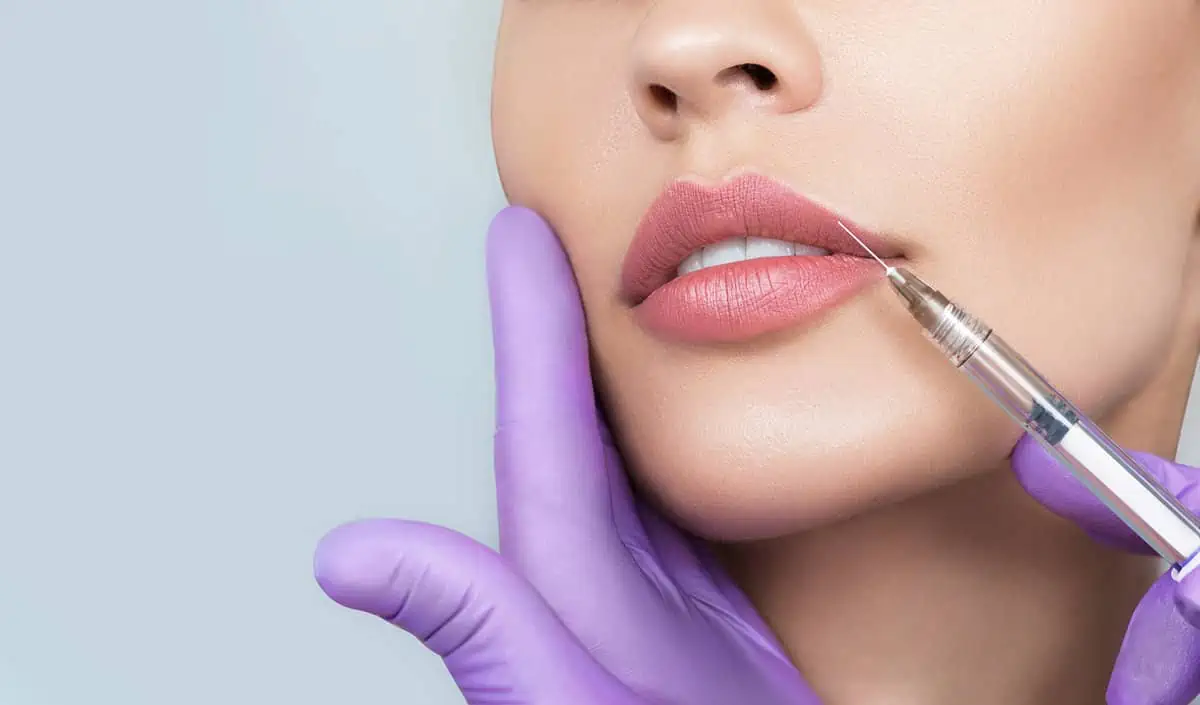IPL photofacial treatments are a non-invasive procedure that uses intense pulsed light to enhance the look of skin issues such as hyperpigmentation, UV damage, and rosacea. These treatments have gained popularity due to their effectiveness without the need for surgery while improving the overall tone and texture of the skin. In fact, more people are turning to IPL photofacials as a solution for their skincare concerns.
How IPL Photofacial Treatments Work
IPL (Intense Pulsed Light) photofacial treatments employ a non-invasive procedure that uses light therapy to target and reduces the appearance of pigmentation and redness on the skin. As the light penetrates the skin, it is then absorbed by the targeted areas, causing the pigmented cells to break down and the blood vessels to constrict, resulting in reduced redness. A handheld device delivers light to the skin during the treatment, and multiple sessions are typically required for optimal results.
Factors That Affect Treatment Time
Here are some factors that can affect the treatment time for IPL photofacial:
- Size of the treated area – larger areas will take longer to treat.
- Skin type – darker skin tones may require longer treatment times or multiple sessions.
- The severity of the condition being treated – more severe cases may require longer treatment times.
- Desired results – if more dramatic results are desired, additional treatments may be necessary, which can increase treatment time.
- Individual response – each person’s skin may respond differently to the treatment, which can affect the number of sessions and treatment time needed.
Typical Treatment Schedule
The recommended number of sessions for optimal results of IPL photofacial treatments is typically 3 to 5 sessions, with each session spaced 3 to 4 weeks apart. The time between sessions is important to allow the skin to heal and to ensure the best results. However, the exact number of sessions and time between them may vary based on individual skin concerns and goals, as well as the recommendations of the practitioner performing the treatment.
Multiple sessions of IPL photofacial treatments are necessary to achieve optimal results because the treatment targets only the outermost layer of the skin, and the process of cellular turnover takes time. Additionally, some pigmentation may be deeper within the skin, requiring multiple sessions to reach those areas. The recommended number of sessions and time between sessions is determined by the individual’s skin concerns and the severity of the condition being treated.
Timeline For Results
After the first IPL photofacial treatment, patients can expect a slight reduction in redness and pigmentation. However, significant improvement usually takes five sessions to achieve. Most patients see a significant improvement in their skin after two weeks, and it will continue to improve for up to five months as the skin’s natural healing process continues and new collagen is produced.
As indicated, the duration of the results is determined by a number of factors, including the patient’s skin type, the severity of the condition being treated, and their lifestyle. In general, patients can expect the results of IPL photofacial treatments to last for a few months and gradually fade, but periodic maintenance sessions are recommended to prolong the results.
Benefits Of IPL Photofacial Treatments
PL photofacial treatments offer numerous benefits, including:
- Reducing pigmentation irregularities such as sunspots, age spots, and freckles
- Minimizing the appearance of acne scars, broken capillaries, and rosacea
- Stimulating collagen production and improving skin texture and tone
- Minimizing the appearance of fine lines and wrinkles
- Providing a more even skin complexion
- Non-invasive with minimal downtime
- Cost-effective compared to other cosmetic treatments
Good Candidates For The Procedure
Good candidates for IPL photofacial treatments are individuals with visible signs of skin damage, such as sunspots, age spots, freckles, redness, and hyperpigmentation. They should have relatively fair skin tones, as IPL may not suit individuals with darker skin tones.
Those with active skin infections, open wounds, or recent sunburns should not undergo IPL treatment until the condition has healed. It is also important that candidates have realistic expectations about the treatment results and follow post-treatment care instructions.
Potential Side Effects
IPL photofacial treatments are generally safe, but there are potential side effects that patients should be aware of. Common side effects include redness, swelling, and mild discomfort. In rare cases, patients may experience blistering, scabbing, or changes in skin pigmentation.
To reduce the risk of side effects, following the practitioner’s aftercare instructions is important. This may include avoiding sun exposure, using a gentle cleanser and moisturizer, and avoiding abrasive skin treatments.
Patients should also be upfront with their practitioner about any medical conditions or medications they are taking. This can help to reduce the risk of complications.
If a patient does experience side effects, they should contact their practitioner immediately for guidance on managing them. In most cases, side effects will resolve on their own within a few days.
Aftercare Tips To Follow
After an IPL photofacial treatment, taking proper care of the skin is important to minimize any side effects and ensure optimal results. Here are some aftercare tips to follow:
- Protect the skin from the sun: Avoid direct sunlight and wear a broad-spectrum sunscreen with an SPF of 30 or higher to protect the skin from further damage.
- Avoid heat: Avoid hot showers, saunas, and other sources of heat for at least 24 hours after the treatment, as the skin may be more sensitive to heat.
- Avoid makeup: Avoid applying makeup or any other cosmetic products for the first 24 to 48 hours after the treatment to allow the skin to heal.
- Moisturize: Apply a gentle, non-comedogenic moisturizer to hydrate the skin and promote healing.
- Don’t pick at the skin: Avoid picking or scratching at any areas of redness or flaking, as this can lead to scarring or infection.
- Follow the doctor’s instructions: Follow any additional aftercare instructions, such as avoiding certain products or activities.
Following these aftercare tips can help ensure the best possible results from the IPL photofacial treatment and minimize any potential side effects.
Final Thoughts
With proper treatment planning and realistic expectations, IPL photofacial treatments can significantly improve the appearance of various skin conditions, making it a popular and effective option for those seeking a non-invasive skin rejuvenation solution. ReDiscover Aesthetics offers customized IPL Photofacial treatments for patients with sun damage, acne scars, fine lines, and other skin conditions, utilizing advanced light energy technology to enhance skin complexion, stimulate collagen production, and eliminate pigments for a smoother, firmer skin texture. Transform your skin and achieve a more youthful and radiant appearance by trying IPL photofacial treatments today!





